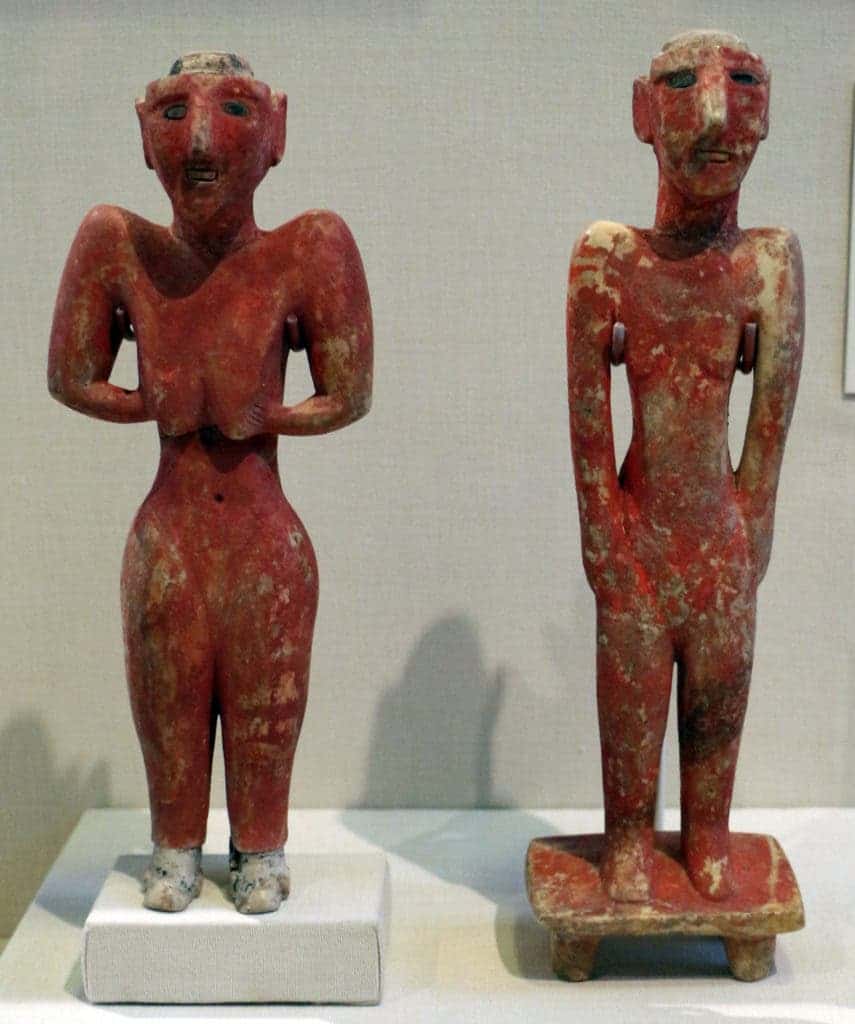
Gender inequality is a pervasive and very challenging issue to address. We know that oftentimes, women are paid less than men for the same work and face many more hurdles in all cultures around the world, but the exact causes (and solutions) remain annoyingly difficult to find. Still, one particular aspect of it is crystal clear: the difference in physical strength.
While that may not be all that important in modern society, it was, almost certainly, the reason why men have dominated cultures for the past millennia. Being stronger and faster was a key advantage, one that’s very difficult to overcome or overlook. But when did this trend emerge?
According to a new study, it started sometime during the Neolithic.
Archaeologists at the University of Seville in Spain have studied prehistoric societies in the Neolithic Period in the Iberian Peninsula from the perspective of gender. They looked at two types of evidence: biological and funerary.
In the first category, the team focused on demographic proportions between men and women, as well as other clues such as diet, genetic data, and common diseases. For the funerary evidence, they analyzed how “important” a burial site was — whether it was an individual or collective burial, the position and orientation of the body, as well as any goods placed in the tomb.
They found that at the start of the Neolithic, there was no significant difference between men and women in this regards, suggesting a generally equal society. However, as things progressed, it started to change. A key indicator is the growing association of men with violence. Male bodies started exhibiting more arrow wounds, their tombs featured more weapons or projectiles, and men were increasingly depicted in fighting scenes in cave paintings, whereas women were not. Hunting and warfare were a masculine business. Conversely, women’s’ burial sites were more likely to contain ceramic pots, indicating a separation of gender roles.
Interestingly, out of all the aspects considered in this study, the ones that show the greatest difference between males and females are related to violence: projectiles, trauma including impact by arrowheads, and graphic depictions of war and hunting.
Although the social complexity involved in these processes is not really known, this indicates that gender roles (and subsequently, gender inequality) started to be contoured sometime during the Neolithic.
“The quantitative prevalence of males in the funerary record points to a bias against females and children within the funerary ideology,” researchers write. “Males also overwhelmingly predominate in Spanish Levantine rock art, particularly in hunting and war scenes; males are more frequently associated with traumatic injuries and impacts by projectiles and, at some sites, they were buried with arrowheads far more frequently than females.”
This study didn’t come out of nowhere. The application of gender archaeology in prehistoric societies has developed greatly in the past couple of decades, and the Iberian peninsula is a great environment to study it. This new paper, unprecedented in its sample size and scope, lays the foundations for an entirely new perspective on gender inequalities in the Neolithic.
The results of the study highlight the importance of approaches that analyze the social construction and the interaction between men and women in ancient times. During the Bronze Age (a period that followed the Neolithic), this trend became much clearer.
During the Neolithic, there don’t seem to be any signs of widespread or acute gender inequality in Neolithic society. However, there are some signs of an increasing predominance of men over women, leading researchers to believe that these are the origins of gender inequality.
The study has been published in the European Journal of Archaeology.






